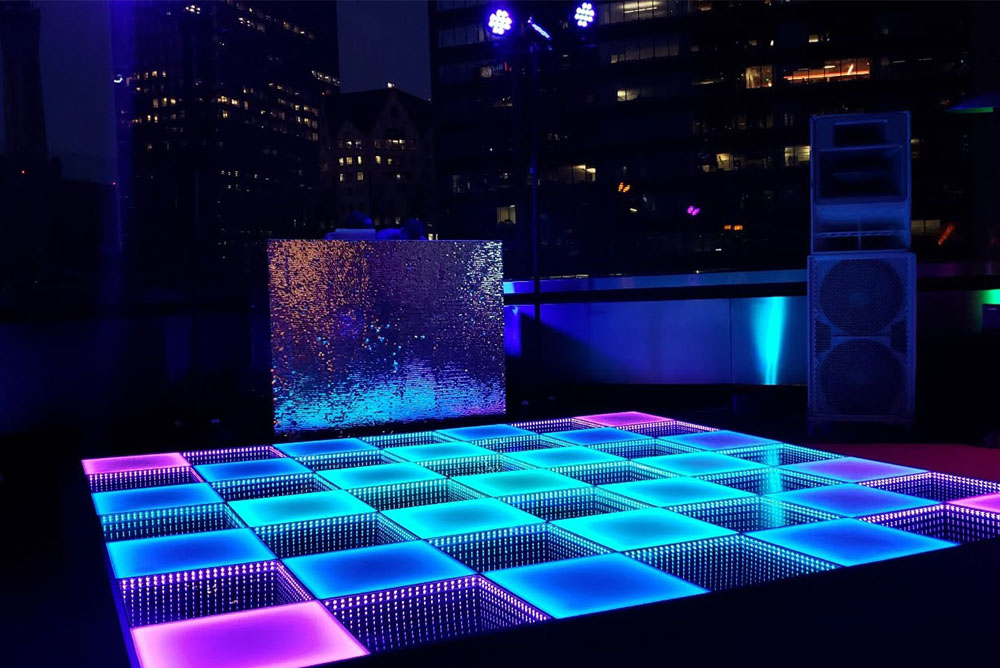Investigating the Benefits and Disadvantages of Wood and Synthetic Dance Floor Components for Optimal Functionality and Aesthetics
Investigating the Benefits and Disadvantages of Wood and Synthetic Dance Floor Components for Optimal Functionality and Aesthetics
Blog Article
When it comes to selecting the appropriate dancing surface material, wood and synthetic are two common choices that dancers and studio owners often evaluate. Each substance has its own unique benefits and disadvantages that can influence performance, safety, and aesthetics. Understanding these differences is essential for arriving at an educated decision that satisfies the needs of dancers and enhances the general environment in a dancing studio or showcase area.
Wood dance surfaces are often favored for their classic look and feel. They offer a natural surface that can absorb impact, which is beneficial for dancers who execute high-impact movements. The flexibility of timber helps reduce the chance of injuries, such as sprains and stresses, by offering a supportive surface. Additionally, timber floors can be refinished, allowing them to keep their appearance over time. This durability makes them a long-term investment for dance spaces. However, wood surfaces can be more expensive to install and maintain compared to synthetic choices, and they may need regular upkeep to prevent bending or damage from moisture.
On the other hand, vinyl dancing floors offer a variety of benefits that make them attractive to many dance studios. One of the primary benefits of vinyl is its cost-effectiveness. Synthetic flooring is generally more affordable to buy and set up than wood, making it a cost-effective choice for studios. Furthermore, vinyl is offered in a variety of colors and designs, enabling for more customization to align with the aesthetic of the area. Vinyl click for more info floors are also simpler to clean and care for, as they are resistant to stains and moisture. However, some performers may discover that vinyl does not offer the equivalent level of shock absorption as timber, which could result to discomfort during long rehearsal periods.
Another crucial consideration to consider is the kind of dance being performed. Different dancing genres may demand different floor surfaces for best performance. For example, ballet dancers often prefer timber surfaces because they provide a solid area for spins and jumps. In contrast, styles like urban dance or jazz may benefit from the slip-resistant features of vinyl. It is crucial for studio owners to take into account the main dance styles taught in their studio when choosing a floor material. This consideration can help ensure that dancers have the optimal possible environment while practicing and performing.
Aesthetics also play a major part in the decision-making process. Timber surfaces are often linked with sophistication and heritage, making them a favored choice for formal dance spaces and performance venues. The organic texture and richness of wood can establish a welcoming atmosphere that enhances the general experience for both dancers and spectators. Conversely, vinyl floors can be designed to mimic the look of timber or other materials, providing a modern and chic appearance. The decision between timber and synthetic can eventually depend on the desired atmosphere of the space and the impression that studio owners want to create.
In conclusion, both wood and synthetic dance floors have their own set of advantages and disadvantages that can impact execution and visual appeal. Timber surfaces offer durability, impact absorption, and a traditional appearance, while synthetic surfaces offer cost-effectiveness, simplicity of maintenance, and design versatility. The choice between these materials should be determined on the particular needs of the performers, the types of dance being taught, and the overall vision for the dance studio. By carefully evaluating these elements, dance studio proprietors can create an atmosphere that supports optimal performance and enhances the pleasure of dancing for all involved.